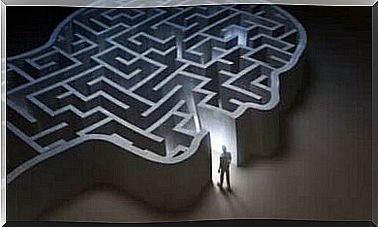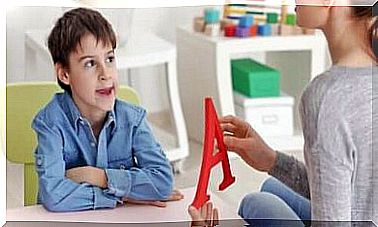3 Forms Of Learning Strategies For A More Effective Learning Process

At hangs a meaningful way to learn as much on the educational process as the way why the students process what they learn. Educational psychologists have spent a lot of time considering both of these aspects. They designed theories to improve learning processes. In this article we will talk about the second part: learning strategies.
The primary purpose of learning strategies is to ensure that students learn in a more effective way. Research on this topic has shown us many different ways to achieve this. However, the three most famous learning strategies are mnemonics and structural and creative strategies.
Learning strategies using mnemonics
Mnemonic learning strategies help students to memorize content. After all, these strategies help to memorize facts or terms. For example, they are useful for remembering capitals, important dates, vocabulary and so on.
When you need to memorize “meaningless” information, mnemonics are indeed a great way to give the data some form of meaning.
There is general agreement about the value of mnemonics. That is why they have been used for so long. The psychologist Allan Paivio gave an explanation for this. According to him, these tools work for three reasons:
- Double Coding: Many of these techniques involve the use of non-verbal codes (images) along with verbal codes (words). So it means that the same bit of content gets two different codes. According to the principles of connectionism, it makes it easier for students to access information.
- Organization: mnemonic learning strategies also work in another way. In this case, they create a cohesive box in which you put information. This helps the students to keep together all the information that is interconnected instead of splitting it up. For example, it is easier to remember a list of words if you form a sentence with those words.
- Association: Creating strong connections between different elements is also a strategy to learn in a meaningful way. Strong associations are indeed useful. After all, when you see one of the two things, you will also remember the other elements.

An example of the mnemonic strategy is the keyword method. This method is extremely useful for learning confusing vocabulary in a foreign language. It involves a connection that is phonetic and based on images. That connection is also accompanied by a detailed statement.
Structural learning strategies
Structural strategies encourage active learning. The students are encouraged to mentally extract the important information from the data and put it together in one structure. Here you will also see techniques such as making concept maps, flow charts or sketches.
Obviously, it is not enough for the teacher to tell the students to make sketches and summaries. These things will only help if the students know how to make them.
The hardest part of teaching them how to do this is this. You need to show them how to learn to extract the most important or meaningful parts of a text or presentation.
It won’t be long before you see the effects these techniques have on the learning process. When you organize the course materials into small, interconnected ideas, you will have easier access to them. In addition, if you also create strong associations between ideas, it is also easy to reach the rest of the information in your memory.
Research shows that students who use these techniques perform at a higher level. They also help the students to really understand the content as opposed to what happens with memorization and superficial learning. So you now see the value of these learning strategies and how important it is to apply them in the classroom!
Creative learning strategies
The two previous strategies help students to remember specific facts and organize them into structures. It is therefore techniques that they can use with new information that they have to learn.
Another important part of learning is inserting the new content into the existing knowledge. This is where creative strategies come in handy.
These are activities in which students acquire knowledge. EZ Rothkpof has called these activities “mathemagenic activities”. Examples include taking notes, underlining, asking and answering questions, or saying things out loud.
These techniques help the students to come to a deeper understanding. After all, they encourage them to make the new information their own.

For many psychologists, active student learning is about creating connections between ideas. That’s why creative strategies are such a great tool for getting students to use that form of learning.
So the teacher shows the students how to take notes or ask themselves questions. This technique will help them in an excellent way to understand and internalize new information.
In this article, we explored different forms of learning strategies. They can be extremely useful in the classroom. Scientific research of teaching and nurturing can help you achieve the kind of active and deep learning that you want your students to acquire.
It might be a huge mistake not to follow the guidelines and evidence provided by educational psychology.









